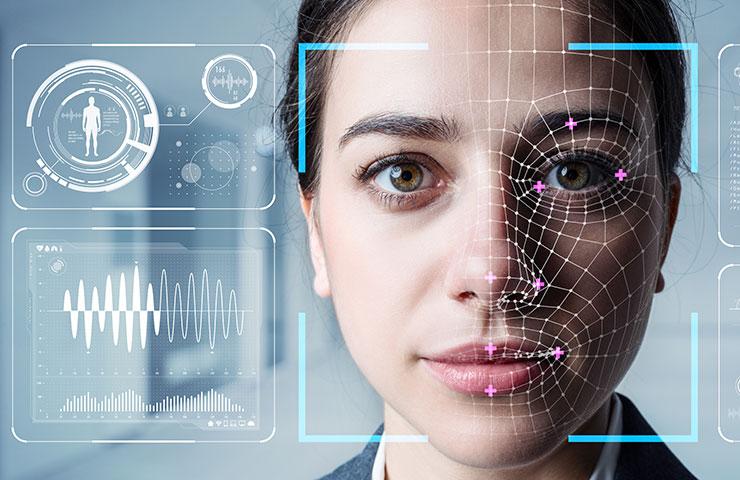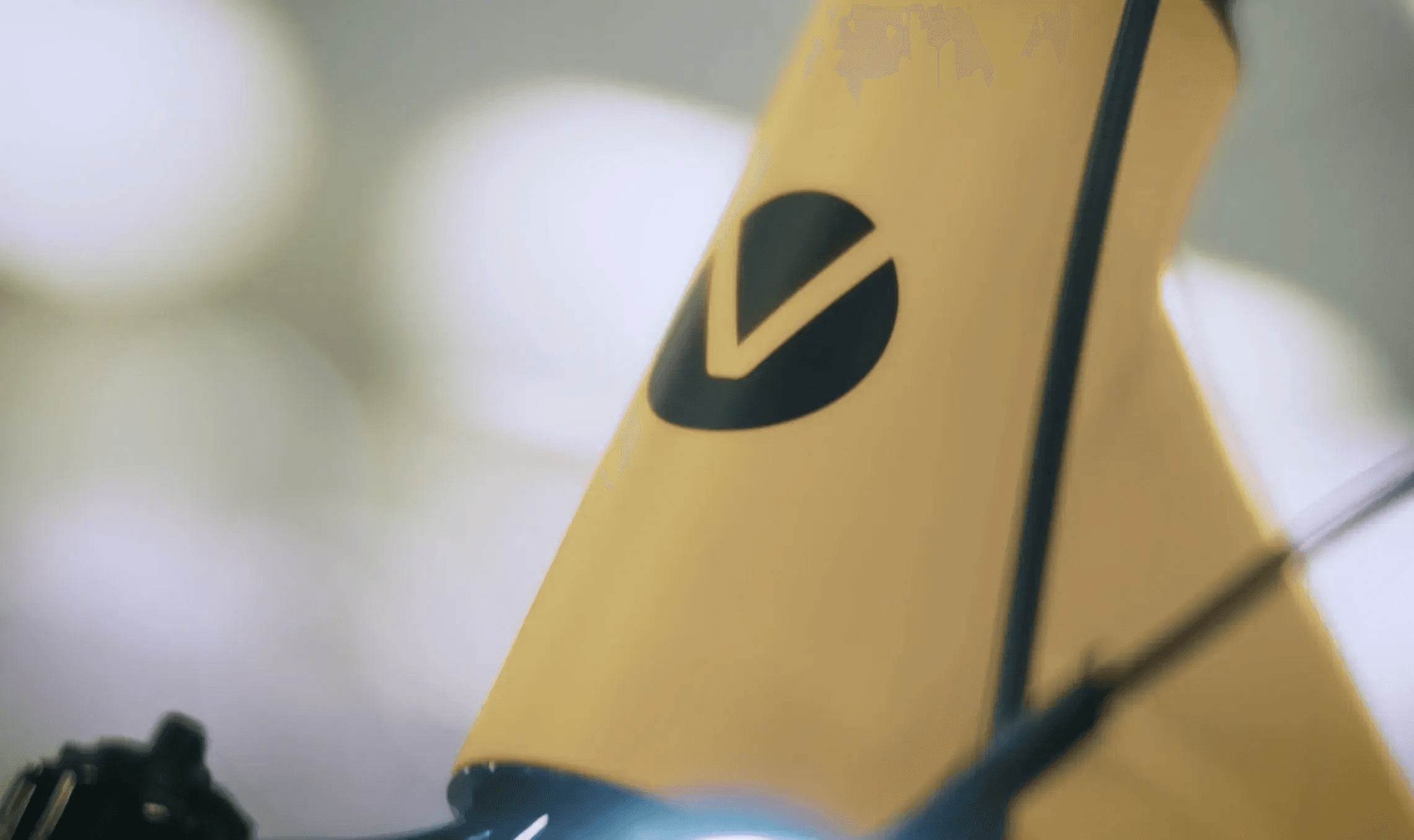
In the first part of this blog article, we have already seen how we can use automated image analysis in the fight against COVID-19. Machine identification of objects on images was considered an unsolvable problem in mathematics and computer science for a long time. Point of views, light conditions or distances to an object can be too different, with the result that no classical algorithm was able to solve this problem even partially. It is only with the progress of AI research (artificial intelligence research) that major advances in machine vision have been achieved in the last decade. But how did this sudden progress come about?
The mathematical foundations of artificial intelligence for image recognition were laid as early as the 1960s. Inspired by the functionality of the human brain, so-called artificial neural networks were developed to simulate the flow of information in the brain.
However, the desired breakthroughs in AI research has failed to materialize for the time being, and the high expectations for the new technology could not be met. The main reasons were that processing power was too low at the time and data sets were too small.
It was not until the 2010s that significant successes were celebrated in the field of automated image recognition. Due to the success of the Internet, social media and smartphones, you had access to an unmanageable amount of images, which could now be used to train AI. In this training phase, AI is presented with a huge number of images (often in the seven-digit range and above), from which it can then derive patterns and learn from. This phase can take several weeks even on today's high-performance computers.
But once AI is trained, predictions can be made in fractions of a second, even on unknown data. For example, there are AIs that recognize faces with an accuracy rate of 99.97% or correctly identify objects from more than 20,000 objects with a hit probability of over 90%
Despite this accuracy, there is no risk of AI taking over for the time being. Unlike humans, algorithms do not really "understand" what they see. Therefore, changes of only a few pixels, which are not even perceptible to the human eye, can lead to completely wrong results.
Music: Time Out by Atch
SoundCloud: soundcloud.com/atch-music
Creative Commons — Attribution 3.0 Unported — CC BY 3.0
Free Download / Stream: bit.ly/l-time-out
Music promoted by Audio Library youtu.be/NPnLxESfv50
Conclusion
Such a precision opens up completely new possibilities of previously unused image material being made usable with low resource costs. The use cases range from people counting at major events and quality measurement in production to motion analysis in supermarkets or even in sports.
With Azure Cognitive Services, Microsoft provides a platform that can be used to solve these use cases precisely. Facial recognition, image and video analysis or the individualized object recognitions that are specifically tailored to the customer's needs - Azure Cognitive Services enables all of this.
Interested?
Do you want to learn more about image recognition systems and how to use Microsoft Azure Cognitive Services ? We are always available for a one-on-one consultation. Just send us an e-mail or give us a call. Our experts look forward to discussing your ideas with you.
Keywords
More similar blogposts:
Found what you were looking for?
Start your intelligent search now


